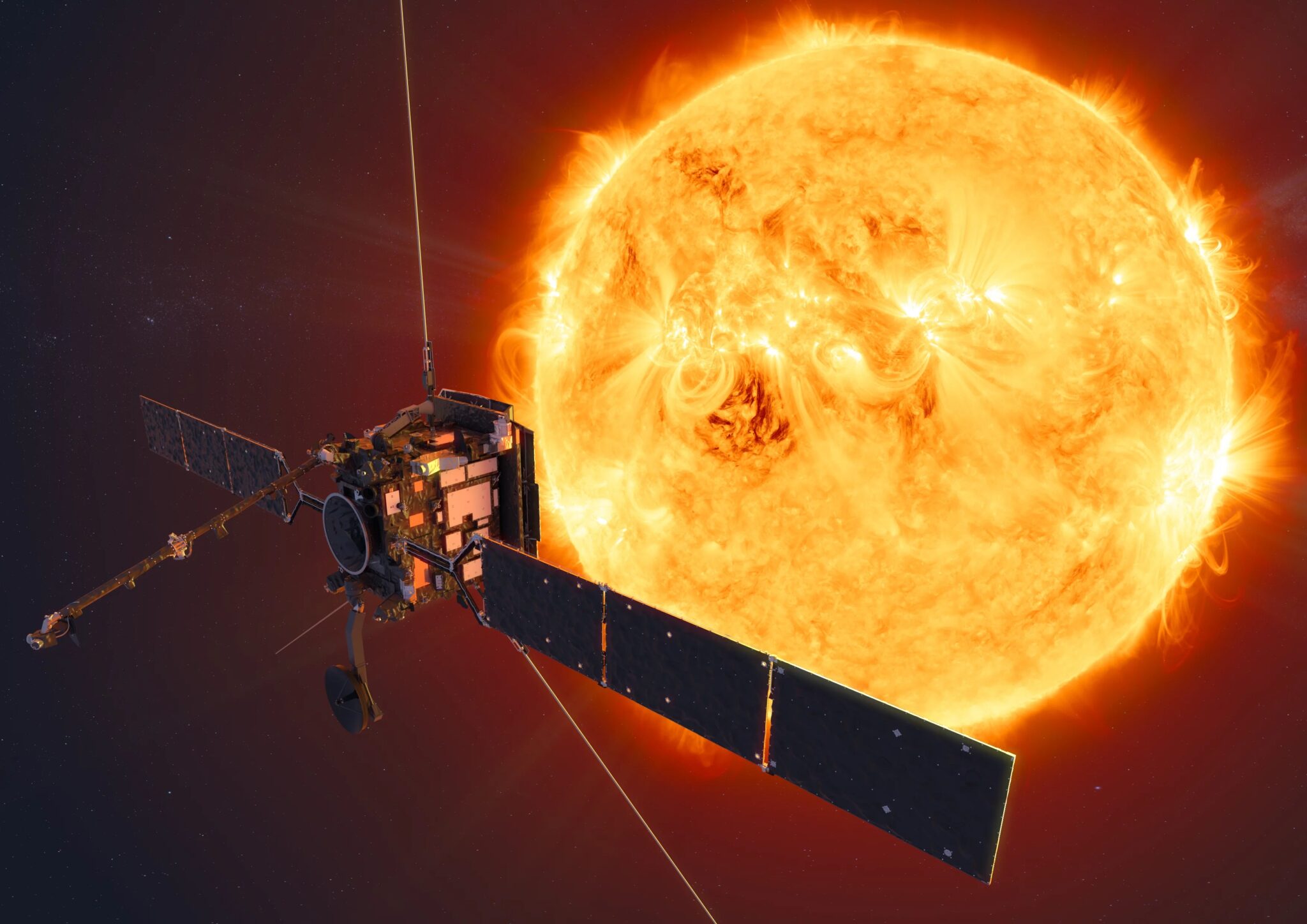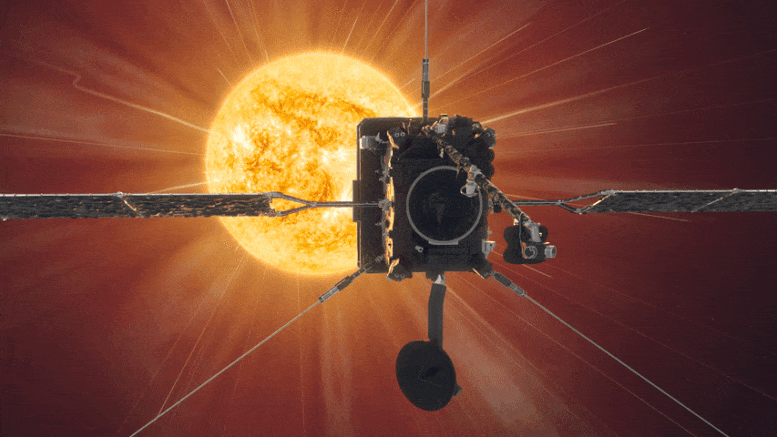In March of this year, just a few months after the end of the main Solar Orbiter mission, the Extreme Ultraviolet Imager (EUI) on board the spacecraft recorded for the first time a unique event. For the first time, it shows that the magnetic phenomenon of reconnection is constantly occurring on a small scale. The event was recorded on March 3, 2023 and lasted for an hour.

Reconnection is a fundamental mechanism for the release of energy in superheated gases, known as plasma, and is considered the main mechanism for powering large–scale solar eruptions. This makes it a direct cause of space weather and the main candidate for the mysterious heating of the outer atmosphere of the Sun.
Temperatures around the point of the magnetic field, where the intensity of the magnetic field drops to zero, known as the zero point, were maintained at about 10 million °C, then the release of material moving at a speed of about 80 km/s was recorded.
At the time of data transmission, the probe was about halfway between the Earth and the Sun. This made it possible to coordinate the observation using the NASA Solar Dynamics Observatory (SDO) and Interface Region Imaging Spectrograph (IRIS) missions. Then the data from the three missions were combined in the analysis.
The results of the Solar Orbiter indicate that reconnection, at scales that were previously too small to be resolved, is constantly occurring both in a soft and explosive way. This is important because it means that reconnection can constantly transfer mass and energy to a higher corona, contributing to its heating.

According to SciTech
Follow us on Twitter to get the most interesting space news in time
https://twitter.com/ust_magazine

